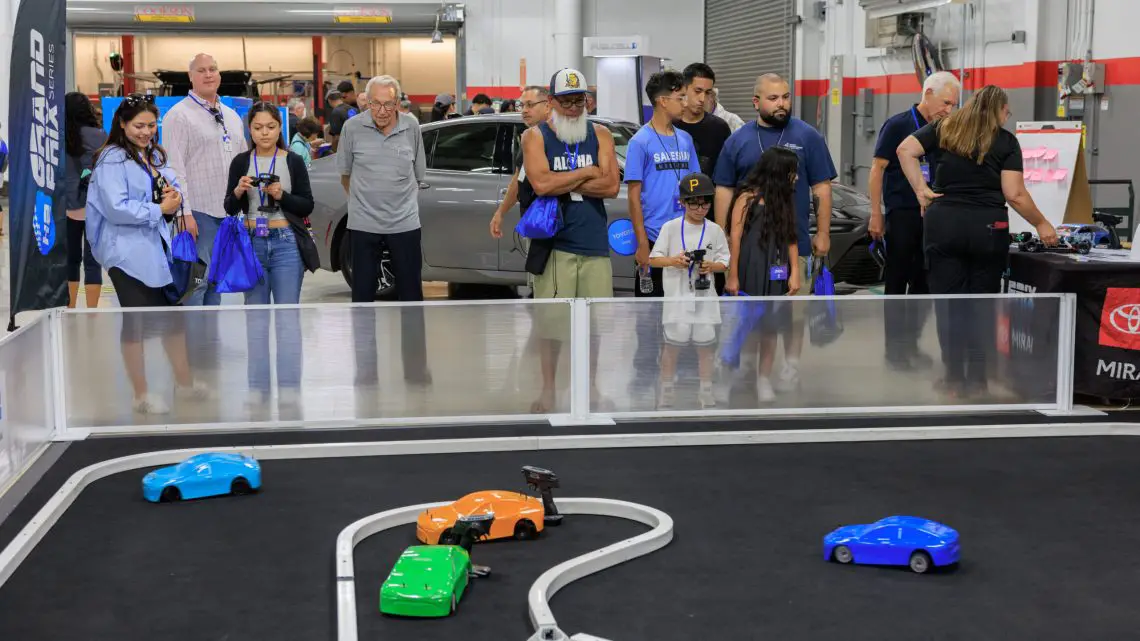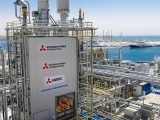
Hydrogen Fuel Cells Lead the Way as Toyota Unveils North American Hydrogen HQ
August 7, 2025Can you hear it? That soft buzz is a fuel cell stack humming away, turning hydrogen into power—and trust me, it could be the soundtrack of a zero-emission future. On July 11, 2025, Toyota Motor North America threw open the doors of its fresh-as-ever North American Hydrogen Headquarters—fondly dubbed H2HQ—out in Gardena, California. Educators, community leaders and neighbors popped by for an open house you haven’t seen in over ten years, diving into hands-on demos, sneaking behind closed lab doors, and walking away with one big takeaway: Toyota’s all in on hydrogen fuel cells to energize tomorrow’s vehicles, buildings and microgrids.
The Gardena Legacy
Back in 1974, Toyota’s little R&D shop in South Bay was just experimenting with what we now call clean powertrains. Flash forward through decades of tinkering with fuel cell membranes, testing hybrid drivetrains, and landing the groundbreaking Mirai Fuel Cell Electric Vehicle—and you’ve got H2HQ. Spread over 13 acres, the campus is basically a living museum of Toyota’s 30+ years of commitment to zero-emission technology. Everywhere you look, there are prototype pumps, giant test rigs, and bits of lab gear that highlight how long it takes to push the needle on true innovation.
From Mirai to Microgrids
But hey, the star of the show was the Mirai sedan, quietly whisking folks around the track. Imagine 400 miles of range, a five-minute fill-up and nothing but water vapor out the tailpipe—it’s a real head-turner for hydrogen infrastructure. Inside one of the labs, a lineup of modular fuel cell generators—cousins to the ones in Mirai—showed how the same tech can keep data centers, hospitals, and cell towers running when the grid falters. A demo microgrid stitched together stored hydrogen, solar panels and batteries, and engineers walked us through how it could keep lights on during a blackout. That’s the kind of reliable, clean juice communities crave.
Community and Education
Toyota didn’t lock all that cool gear behind glass. Right across the street, kids from 186th Street Elementary revved up hydrogen-powered model cars at the annual Hydrogen Grand Prix, led by the H2GP Foundation. Over at Horizon Educational workshops, teens pieced together mini fuel cells and got hands-on with real lab gear. Teachers even got crash courses so they can weave hydrogen modules into their science classes—because hey, tomorrow’s engineers need their starter kit today.
Partnerships in STEM
Since 2014, Toyota’s dropped more than $7 million into California State University Dominguez Hills. There, the Toyota Center of Innovation in STEM and the Center for Resilient, Equitable, and Sustainable Transportation (CREST) have become hotbeds for research. On open-house day, CSUDH students and profs wandered through H2HQ’s labs, digging into projects on super-efficient electrolyzers for hydrogen production, next-gen storage materials and AI-powered control systems. It’s not just theory—this collab seeds internships, thesis topics and a pipeline of talent ready to hit the hydrogen economy running.
Stationary Power and Rehlko
While cars stole the limelight, Toyota’s collab with Rehlko hinted at a bigger picture. Rehlko’s set to crank out stationary fuel cell units for data centers and telecom hubs, offering silent, emission-free backup power versus diesel generators. Picture a campus cruising through storms without so much as a flicker—thanks to hydrogen quietly doing its thing in a stack.
Strategic Implications and Next Steps
California’s aggressive clean energy mandates and incentives for hydrogen refueling stations? They’re the perfect tailwind for Toyota’s plan. Regulators are eyeing 200 stations by 2027, and zero-emission vehicle rules just keep tightening. At H2HQ, Toyota execs laid out how they’ll ramp up Mirai fleets for ride-share, city buses and port trucks—where long range and quick fill-ups tip the scale on total cost of ownership. They also teased partnerships with utilities to plug Toyota’s microgrid smarts into rural electrification efforts.
Meanwhile, back in Japan and Europe, Toyota Motor Corporation is rolling out its “Hydrogen Factory” hubs, stitching R&D teams together to get this stuff to market faster. The message? Hydrogen fuel cells aren’t a fringe idea—they’re a cornerstone of Toyota’s push toward zero-emission technology and a key lever in industrial decarbonization.
As the day wrapped up and the sun dipped behind those gleaming research vans, the gentle hum of H2HQ’s fuel cell arrays felt like a promise: an ecosystem where hydrogen, sustainable energy and reliable power intersect. Toyota isn’t just building hardware—they’re nurturing a whole community around hydrogen. And if that hum’s any indication, we’re closer to that reality than ever.



 With over 15 years of reporting hydrogen news, we are your premier source for the latest updates and insights in hydrogen and renewable energy.
With over 15 years of reporting hydrogen news, we are your premier source for the latest updates and insights in hydrogen and renewable energy.